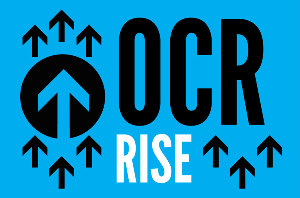
The Monetary Policy Committee today increased the Official Cash Rate (OCR) to 2.50%. The Committee agreed it remains appropriate to continue to tighten monetary conditions at pace to maintain price stability and support maximum sustainable employment. The Committee is resolute in its commitment to ensure consumer price inflation returns to within the 1 to 3% target range.
The level of global economic activity, combined with the ongoing supply disruptions largely driven by both Covid-19 persistence and the Russian invasion of Ukraine, continue to generate global inflation pressures. Food and energy prices are especially affected by geopolitical tension. However, the pace of global economic growth is slowing. The broad-based tightening in global monetary and financial conditions is acting to reduce spending growth. Asset prices have also declined due to higher interest rates and a weaker earnings outlook.
In New Zealand, domestic spending remains supported by high employment levels, resilient household balance sheets in aggregate, continued fiscal support, and a strong terms of trade. The reduction in Covid-19 health-related restrictions is also enabling increased demand. Labour and resource scarcity are also contributing to upward price pressures which are currently exacerbated by seasonal illness, a resurgence in Covid-19 cases, and a net outflow of labour abroad.
In these circumstances, spending and investment demand continues to outstrip supply capacity, with a broad range of indicators highlighting pervasive inflation pressures. Employment remains above its maximum sustainable level and the Reserve Bank’s core inflation measures are around 4 percent. The Committee acknowledged there is a near-term upside risk to consumer price inflation and emerging medium-term downside risks to economic activity.
The Committee agreed to continue to lift the OCR to a level where it is confident consumer price inflation will settle within the target range. The Committee is comfortable that the projected path of the OCR outlined in the recent May Monetary Policy Statement remains broadly consistent with achieving its primary inflation and employment objectives - without causing unnecessary instability in output, interest rates and the exchange rate. Once aggregate supply and demand are more in balance, the OCR can then return to a lower, more neutral, level.



